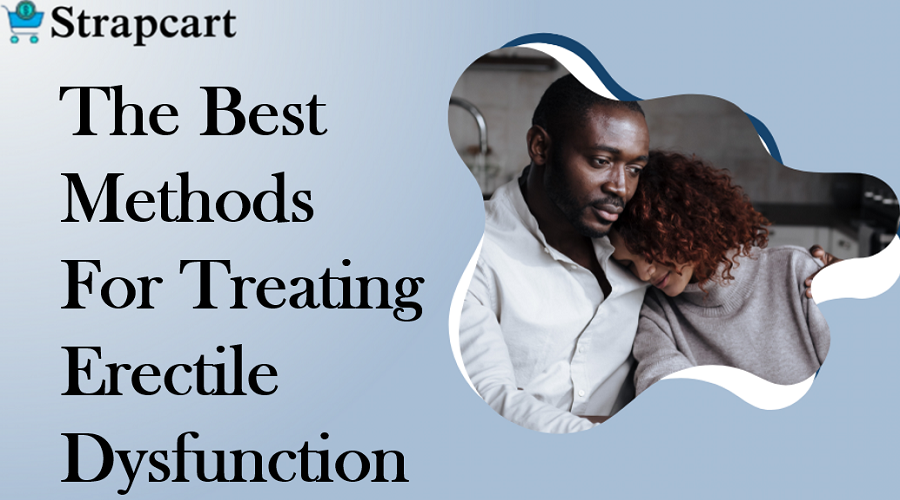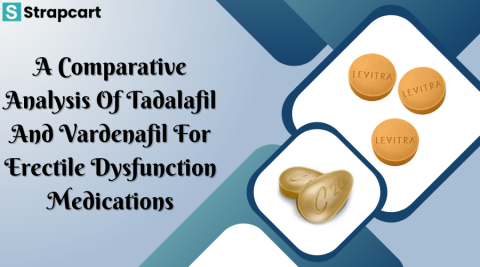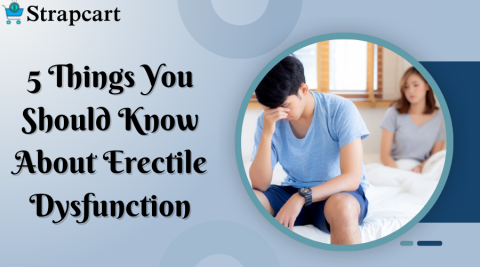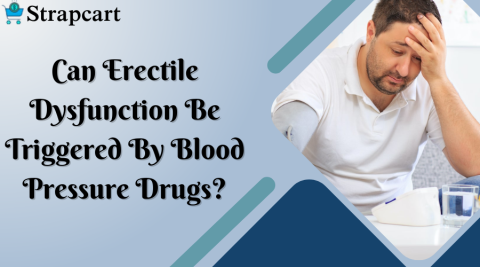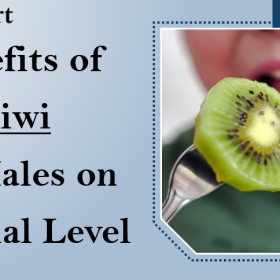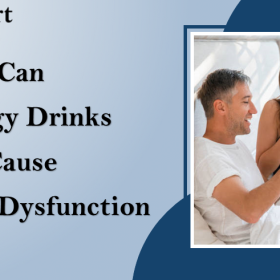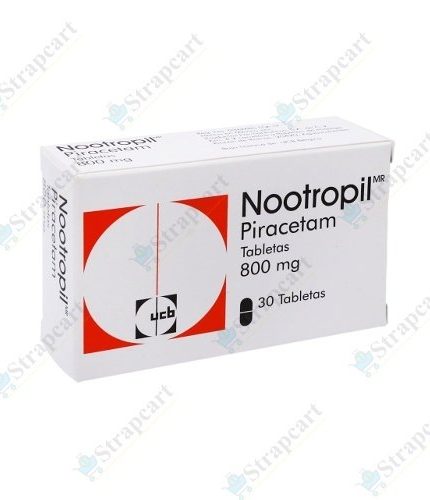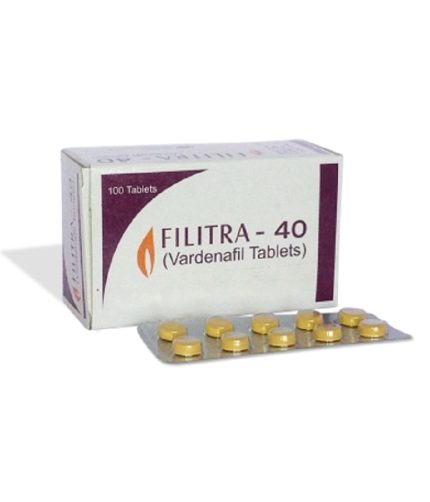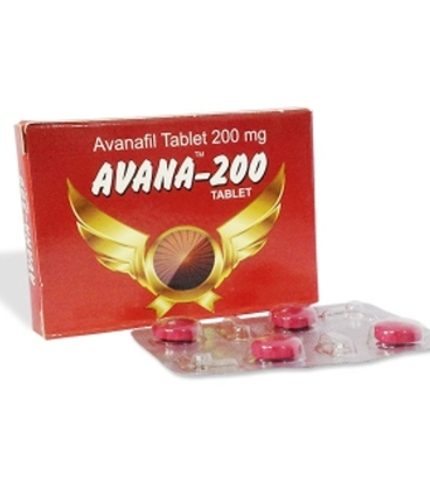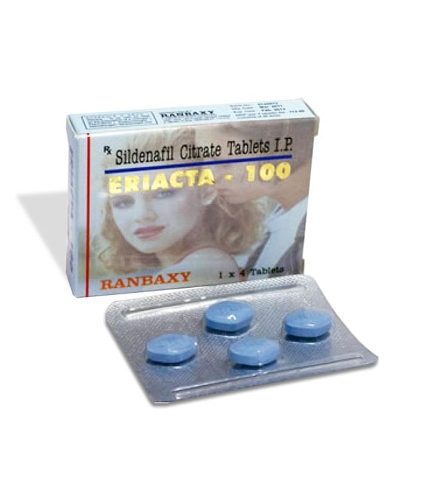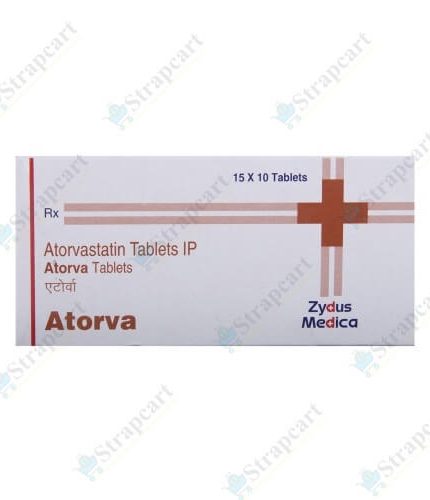Key Point
Erectile dysfunction (ED) is a prevalent condition defined by a persistent inability to attain or maintain an erection that is adequate in both firmness and duration for sexual activity. This condition may arise from a range of physical or psychological factors, including circulatory problems or anxiety concerning sexual performance.
While it is normal for individuals to encounter occasional difficulties with erections, frequent occurrences that adversely affect one’s quality of life may warrant the exploration of various treatment options. This article examines a range of treatments for ED, encompassing natural remedies, alternative therapies, and prescription medications, while also addressing their potential risks.
It is essential to recognize that the management of ED is not solely reliant on oral medications Cenforce 100 vs Viagra & Tadalista 60, which can carry undesirable side effects. Furthermore, certain individuals, particularly those with serious heart conditions, low blood pressure, or those taking nitrate medications for chest pain, may be advised against using these drugs. Additionally, these medications may not yield effective results for all men. Erectile dysfunction is characterized by the inability to achieve or maintain an erection sufficient for satisfactory sexual intercourse, occurring when the penis fails to become adequately firm at least One-quarter of the time or when it becomes solid yet loses its stiffness too soon.
Erectile Dysfunction: Treatment Strategies
Erectile dysfunction (ED) is defined by an insufficient blood flow to the penis. Recognizing the root cause is crucial for establishing the most appropriate treatment alternatives.
In certain instances, ED may result from a physical ailment, such as a manageable health condition or a circulatory issue. Addressing these foundational medical concerns can be beneficial. Additionally, individuals may enhance their blood circulation through regular physical activity, cessation of smoking if relevant, and dietary modifications.
Healthcare professionals may prescribe medications for ED, such as sildenafil, commonly known as Viagra. Moreover, psychological factors, including stress, relationship difficulties, and emotional issues like anxiety, depression, or past trauma, can contribute to ED. Therapeutic interventions for mental health and relationship counseling can provide significant assistance.
Some individuals might explore natural or alternative treatments, which may include over-the-counter supplements, herbal solutions, and acupuncture. It is crucial to be aware of the potential risks linked to various ED treatments, particularly those natural remedies that lack approval from the Food and Drug Administration (FDA). Therefore, it is recommended that anyone seeking treatment for erectile dysfunction consult a healthcare professional.
Change Your Medicines
If a medication required for a separate health issue is contributing to erectile dysfunction, your physician may recommend an alternative dosage or a different medication altogether. It is crucial to seek your physician’s advice before stopping any medication.
Prescribe Medicines You Take By Mouth
A healthcare provider may recommend an oral medication, which is taken by mouth, to assist you in achieving and sustaining an erection.
- Sildenafil
- Vardenafil
- Tadalafil
- Avanafil
These medications operate by relaxing smooth muscle tissue and improving blood flow to the penis during sexual arousal. It is crucial to refrain from using any of these erectile dysfunction (ED) treatments if you are currently taking nitrates for a heart condition, as nitrates are designed to dilate and relax blood vessels. The combination of these medications can lead to a significant decrease in blood pressure, which may result in symptoms such as faintness, dizziness, or falls, potentially causing injuries.
Moreover, it is advisable to consult your healthcare provider if you are taking alpha-blockers for prostate enlargement, as the interaction between alpha-blockers and ED medications may also lead to a sudden drop in blood pressure.
For individuals with low testosterone levels, a healthcare professional might suggest testosterone therapy. While this treatment can help alleviate symptoms of ED, it is typically ineffective if the underlying cause is related to circulatory or nerve problems. Additionally, testosterone therapy may produce adverse effects, including an increased red blood cell count and urinary complications.
Exercises And Yoga
One of the natural therapeutic approaches available is free from the adverse effects typically linked to pharmaceutical treatments. Participating in physical exercise can act as a supportive measure alongside daily medication.
Certainly, engaging in regular exercise provides the most substantial benefits. It plays a crucial role in preserving cardiovascular health, managing blood pressure, preventing diabetes and high cholesterol, and regulating blood sugar levels, all of which are vital factors in the development of erectile dysfunction (ED).
Additionally, a variety of exercise forms, such as aerobic activities, are effective options. For those who seek a less strenuous routine, yoga presents an excellent alternative. Indeed, certain yoga poses can facilitate recovery from ED. It is important to note that consistent practice of yoga over time is essential to witness positive outcomes.
Testosterone Replacement
Erectile dysfunction (ED) is frequently linked to transient stress or persistent cardiovascular conditions that hinder blood flow to the penis. Furthermore, insufficient testosterone levels may contribute to challenges in both initiating and maintaining an erection. It is recommended to seek guidance from your healthcare provider to assess whether your testosterone levels are inadequate and to investigate the possible advantages of testosterone therapy in alleviating your ED symptoms.
When To Contact A Doctor

Individuals who encounter persistent erectile dysfunction (ED) are encouraged to seek advice from a healthcare provider. For those who may be reluctant to consult a physician, exploring home remedies could be beneficial. This may include regular physical exercise, reducing alcohol intake, and avoiding tobacco use. Furthermore, engaging with a mental health professional for counseling may also serve as a constructive approach to managing ED.
It is essential to recognize that both pharmaceutical treatments and natural remedies can produce considerable side effects and may interact negatively with other medications. Therefore, it is prudent for individuals to consult a physician before starting any form of Malegra & Tadarise 20 mg treatment for ED.
Going Herbal For ED Cure
Numerous herbal remedies exist for addressing erectile dysfunction. Among the alternatives are horny goat weed, Chinese red ginseng, Ginkgo Biloba, Yohimbine, Panax Ginseng, and maca. These herbs are typically processed into a dry powder form, which can be consumed by mixing with water to create a solution.
A more common method, however, is to choose a specific herbal pill brand and utilize it like allopathic medications. It is crucial to recognize that although these herbal treatments originate from natural sources, they may still carry potential side effects. Consequently, it is recommended to seek the advice of a healthcare professional before selecting any brand or product.
Undergoing Surgeries
Many individuals perceive penile surgery as a financially burdensome option for addressing erectile dysfunction (ED); nevertheless, it is considered one of the more definitive approaches for achieving an immediate solution to ED. For those who can afford it, such surgical procedures are available.
It is crucial to acknowledge that this type of surgical intervention entails considerable risks.
In certain instances, it may lead to more severe side effects than those associated with pharmaceutical treatments, and these side effects could result in permanent and potentially irreversible harm. Possible complications may include internal bleeding, skin rashes, and enduring impotence.
Penile surgeries aimed at treating ED generally involve the placement of a manually inflatable penile device along with a penile pump intended to promote erectile firmness.
Can You Cure Erectile Dysfunction?
Comprehensive Information Regarding Erectile Dysfunction (ED)
You have likely encountered a variety of advertisements promoting medications for erectile dysfunction (ED). The frequency of these advertisements is not without justification, as it is estimated that between 30 to 50 million men in the United States are affected by this condition. Despite the prevalence of ED, approximately 75% of those impacted do not consult their healthcare providers regarding potential treatments. Various factors contribute to this statistic, but one of the most significant is the stigma associated with the condition, which makes discussions about ED challenging.
Why Does It Happen?
A wide array of physical and emotional issues may be linked to a diagnosis of erectile dysfunction (ED), highlighting the necessity of seeking advice from a physician or urologist to determine the root causes. Various acknowledged factors include:
Age: Although erectile dysfunction can affect younger individuals, it is more commonly observed in older men.

Several prevalent emotional factors that may contribute to erectile dysfunction include:
- Anxiety
- Depression
- Stress
Relationship problems
Concerns often arise among individuals regarding the possibility that erectile dysfunction may suggest a diminished attraction to their partner, or that facing challenges in intimate situations on one or more occasions could indicate the existence of erectile dysfunction. It is important to recognize that experiencing occasional difficulties in maintaining an erection is entirely normal and should not be viewed as a reflection of oneself or one’s partner. Nevertheless, if these challenges become more prevalent, seeking advice from a healthcare professional may be prudent.
How to Move Forward
Erectile dysfunction is frequently manageable through natural remedies or medication safely and effectively; however, initiating a conversation about the issue is crucial. Open communication between partners is essential to ensure that both individuals recognize that the diagnosis does not signify a failure on their part, although it may prompt consideration of any underlying relationship challenges. Providing support to loved ones during this period is vital, as mutual understanding and encouragement in pursuing assistance can greatly benefit both parties.
Various Treatment Alternatives for Erectile Dysfunction
A range of treatment alternatives exists for erectile dysfunction (ED). Depending on the underlying cause, your healthcare provider may suggest the following options:
– Modifications to lifestyle, including reducing alcohol consumption, ceasing smoking, and enhancing physical activity
– Psychotherapy to alleviate stress and anxiety
– Medications prescribed to improve blood circulation to the penis.
– An evaluation of your current medications, as some may contribute to ED
– Vacuum erection devices
– Penile implants
– Testosterone replacement therapy
Erectile Dysfunction (ED) Represents a Form of Sexual Dysfunction
Dr. Desai indicates that erectile dysfunction is classified as a specific type of sexual dysfunction, primarily categorized as an arousal disorder. Other forms of sexual dysfunction encompass:
Desire disorder: A diminished interest in engaging in sexual activities
Pain disorders: Experiencing discomfort during sexual intercourse
Orgasm disorder: Being emotionally prepared for sexual activity yet unable to achieve climax
These disorders frequently exhibit interconnections and may occur simultaneously. For instance, testicular pain resulting from surgical procedures, radiation, or trauma can contribute to the onset of ED. Furthermore, additional treatment options may be required based on the underlying cause of the dysfunction.
A 45-year-old male patient sought treatment for discomfort experienced during sexual intercourse. After consulting with four different urologists without obtaining a conclusive diagnosis, the patient experienced feelings of despair. One other potential causes were ruled out, a rare surgical procedure aimed at releasing the cremaster muscle, which is responsible for the elevation and lowering of the testicles to maintain their temperature. An overactive cremaster muscle can lead to the painful retraction of one or both testicles towards the groin, causing significant discomfort, especially during sexual activity, physical exercise, or while entering and exiting a vehicle. The minimally invasive surgery effectively relieved the tension in the cremaster muscle, preventing the painful retraction. The patient is now pain-free and has successfully resumed a satisfying sexual life.
Final words |
| While this article has presented several effective methods for addressing erectile dysfunction (ED), it is important to note that a lasting solution cannot be achieved without treating the underlying issues, This may pertain to either physical or psychological aspects. |

